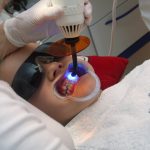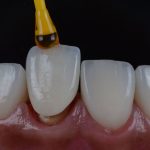Get a Perfect Smile: Tips on Closing Gaps in Teeth

A perfect smile is a desirable asset that adds to one’s overall appearance and self-confidence. However, not everyone is blessed with naturally aligned and uniform teeth. Some individuals have gaps between their teeth, which can impact their smile and confidence. Fortunately, there are several ways to close gaps in teeth and achieve a perfect smile. From orthodontic treatments to cosmetic procedures, there are different options available to cater to individual needs. Closing gaps in teeth is not only a cosmetic concern but can also improve oral health. Gapped teeth are more prone to cavities and gum disease due to the spaces between teeth where food particles can get trapped. By closing gaps, the risk of tooth decay and gum disease can be minimized. Additionally, closing gaps can improve the bite, prevent jaw problems, and enhance speech. It is essential to understand the different options available to close gaps in teeth and choose the most suitable one for your needs. With the right treatment, you can have a perfect smile and a healthy mouth.
Gaps in teeth, also known as diastema, are spaces between two or more teeth in the dental arch. These spaces can be caused by a variety of factors, including genetics, missing teeth, habits such as thumb-sucking or tongue-thrusting, and gum disease. While some people may consider gaps in teeth to be a unique and charming feature, others may feel self-conscious about them and seek ways to close the gaps. There are several options available to address diastema, including orthodontic treatment, dental veneers, and bonding. Consulting with a dentist or orthodontist can help determine the best course of action to achieve a perfect smile.
Having a perfect smile is not just about looking good, but it can also boost your self-confidence and improve your overall quality of life. A beautiful smile can make a great first impression, enhance your social interactions, and even advance your career. It can also positively impact your mental health, as smiling triggers the release of endorphins, which are natural mood enhancers. Additionally, having straight teeth and closing gaps can improve your oral health by making it easier to brush and floss properly, reducing the risk of gum disease and tooth decay. Overall, investing in a perfect smile is a worthwhile investment for both your physical and mental well-being.
Causes of Gaps in Teeth

Gaps between teeth, also known as diastema, can be caused by a variety of factors. One of the most common causes is genetics. Some people are simply born with larger spaces between their teeth due to differences in jaw size or spacing. Additionally, thumb sucking or prolonged use of a pacifier can cause gaps to form in baby teeth. As these teeth fall out and adult teeth come in, the gaps can remain. Other causes of diastema include periodontal disease, which can cause teeth to shift and create spaces, and habits such as tongue thrusting or nail biting. In some cases, gaps may also be caused by a discrepancy in the size of the teeth themselves or by a misalignment of the jaw. Fortunately, there are several options available for closing gaps between teeth. One of the most common and effective methods is orthodontic treatment, such as braces or clear aligners. These appliances work by gradually shifting the teeth into the correct position, closing gaps and improving overall alignment. Another option is dental bonding, which involves the application of a tooth-colored resin material to the surface of the teeth. This material is shaped and polished to match the surrounding teeth, closing gaps and improving the appearance of the smile. In more severe cases, veneers or crowns may be recommended to cover gaps and improve the overall look of the teeth. Ultimately, the best option for closing gaps in teeth will depend on the individual’s specific needs and goals, as well as the severity and cause of the gaps.
Genetics plays a significant role in determining the shape, size, and alignment of our teeth. Some people are born with a predisposition to have gaps between their teeth due to the size of their jaw or the positioning of their teeth in the dental arch. Additionally, hereditary factors can also influence the development of the teeth and jaws, such as malocclusions, which can lead to gaps between the teeth. While genetics can affect the appearance of our teeth, there are various orthodontic treatments available that can help close gaps and improve the overall appearance of the smile.
Tongue thrusting, also known as reverse swallowing, is a habit where an individual pushes their tongue against their teeth or forward during swallowing or speaking. This habit can lead to various dental problems, including misaligned teeth, gaps, and an overbite. Tongue thrusting can be caused by a variety of factors, including thumb sucking, allergies, or an incorrect swallow reflex. Treatment for tongue thrusting typically involves working with a speech therapist to correct the swallowing reflex and practicing exercises to retrain the tongue’s position during swallowing. Correcting tongue thrusting can prevent dental problems and contribute to an overall healthier smile.
Thumb sucking is a common habit among young children and is mostly harmless. However, if it persists beyond the age of four, it can cause dental problems such as misalignment of teeth and overbite. The constant pressure on the teeth can cause them to shift, resulting in gaps between them. This can impact the appearance of your smile, making you self-conscious. To prevent this, parents should encourage children to stop thumb sucking at an early age. If the habit continues, parents should seek the advice of a pediatric dentist who can recommend a treatment plan to correct any dental issues that may have arisen as a result of thumb sucking.
Gum disease is a common oral health problem that affects the gums and bone that support the teeth. It is caused by the buildup of plaque and tartar on the teeth, which can lead to inflammation and infection. Symptoms of gum disease include red, swollen, or bleeding gums, bad breath, and loose teeth. If left untreated, gum disease can lead to tooth loss and other serious health problems. To prevent gum disease, it is important to practice good oral hygiene, including brushing twice a day, flossing daily, and visiting a dentist regularly for professional cleanings and checkups. Additionally, avoiding tobacco products and maintaining a healthy diet can also help prevent gum disease.
Trauma or injury can be one of the many reasons for gaps in teeth. Any blow to the face, sports injury or accident can lead to teeth getting knocked out or shifted in their position, causing gaps to appear. In some cases, the trauma can also lead to the teeth becoming loose, which can make it difficult to eat or speak properly. It’s important to seek immediate dental attention in the case of any injury or trauma to the face or mouth to ensure that the teeth are properly evaluated and treated. Depending on the severity of the injury, the dentist may recommend various treatments like braces, veneers, or dental implants to close the gaps and restore the smile to its former glory.
Dental Procedures to Correct Gaps in Teeth

Gaps between teeth can make people feel self-conscious about their smile, but there are several dental procedures that can help correct them. One of the most common options is orthodontic treatment, which involves the use of braces or aligners to gradually shift teeth into the desired position. Braces are typically made of metal or ceramic brackets that are affixed to the teeth, and wires are used to apply pressure and move the teeth. Clear aligners, such as Invisalign, are another option and are often preferred by adults because they are virtually invisible. Orthodontic treatment can take several months to a few years depending on the severity of the gap and other factors, but the results can be life-changing. Another option for correcting gaps between teeth is dental bonding. This procedure involves the use of a tooth-colored composite resin that is applied to the teeth and then shaped and polished to match the natural teeth. This can be a quick and relatively inexpensive way to improve the appearance of gaps, but it may not be as long-lasting as other options. Veneers are another option for correcting gaps, and involve the placement of thin shells of porcelain or composite resin over the front of the teeth. Veneers can be a more permanent solution than bonding and can also improve the overall appearance of the teeth, but they are more expensive and require more preparation of the natural teeth. Ultimately, the best option will depend on the individual’s specific needs and goals, as well as their budget and preferences.
Dental bonding is a cosmetic dental procedure that involves applying a tooth-colored resin material to the surface of the teeth to improve their appearance. It is a popular solution for closing gaps in teeth, as well as fixing chipped, cracked, or discolored teeth. The process involves roughening the tooth’s surface and then applying the bonding material, which is then shaped and molded to match the surrounding teeth. The bonding material is then hardened with a special light, and any final adjustments are made. Not only is dental bonding a relatively quick and painless procedure, but it is also one of the most affordable cosmetic dental options available. However, it may not be as long-lasting as other options, such as veneers or crowns.
Dental veneers are a cosmetic dental treatment that involves placing a thin layer of porcelain or composite resin material over the surface of teeth to improve their appearance. They are used to correct a variety of dental issues, including gaps between teeth, chipped or broken teeth, and stained or discolored teeth. Veneers are custom-made to fit each patient’s teeth and are designed to blend in seamlessly with their natural teeth. The procedure is minimally invasive and typically requires two appointments to complete. With proper care, dental veneers can last for 10-15 years and provide patients with a natural-looking, beautiful smile.
Orthodontic treatment is a dental specialty that focuses on correcting misaligned teeth and jaws. The treatment involves the use of braces, aligners, and other orthodontic appliances to move teeth into their proper positions. One common issue that orthodontic treatment can address is the closing of gaps between teeth. These gaps can be the result of various factors, such as genetics, thumb-sucking, or gum disease. Orthodontic treatment can improve not only the appearance of your smile but also your oral health. By closing gaps in your teeth, you can reduce the risk of developing gum disease, improve your ability to chew properly, and enhance your overall confidence. With the help of an experienced orthodontist, you can achieve a perfect smile that you can proudly show off to the world.
Dental implants are an excellent option for closing gaps in teeth caused by missing teeth. Implants are essentially artificial tooth roots that are surgically placed into the jawbone to hold a replacement tooth. They are made of titanium, which is known for its strength and durability. Implants are a long-lasting solution for gaps in teeth, and they look and function like natural teeth. They also help maintain the structure of the jawbone, which can deteriorate when teeth are missing. If you’re looking for a permanent solution to close the gaps in your teeth, dental implants may be the perfect choice.
Natural Remedies for Closing Gaps in Teeth
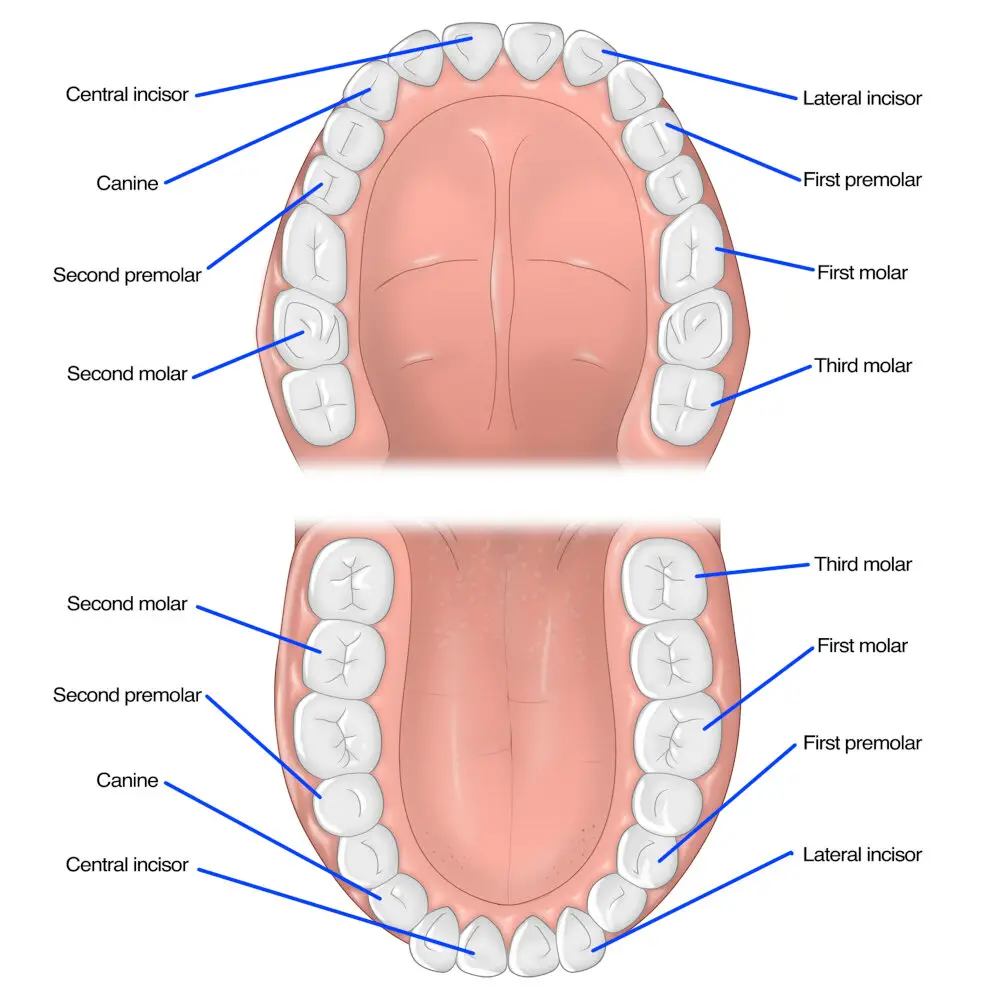
Natural remedies for closing gaps in teeth are a great way to improve the appearance of your smile without resorting to expensive or invasive dental procedures. One of the most popular natural remedies for closing gaps in teeth is the use of orthodontic bands or dental floss to gradually move the teeth closer together. This technique requires patience and consistency, but it can be highly effective over time. Another natural remedy for closing gaps in teeth is the use of dental bonding, which involves using a tooth-colored resin to fill in the gap between the teeth. This technique can be done in a dental office or at home with a DIY bonding kit, but it is important to follow the instructions carefully to avoid damaging the teeth or causing irritation to the gums. In addition to these natural remedies, there are also several lifestyle changes that can help to close gaps in teeth. For example, eating a healthy diet that is rich in calcium and vitamin D can help to strengthen the teeth and bones, making it easier for them to shift into place. Regular brushing and flossing can also help to keep the teeth and gums healthy, which can promote natural movement and alignment. Finally, practicing good oral hygiene habits such as avoiding sugary drinks and snacks, drinking plenty of water, and avoiding tobacco products can all help to keep the teeth and gums healthy and promote a beautiful, gap-free smile.
Oil pulling is a traditional Ayurvedic technique that involves swishing oil in the mouth for several minutes to improve oral health. The process is believed to remove harmful bacteria and toxins from the mouth, reducing the risk of cavities, bad breath, and gum disease. Coconut oil is a popular oil used for oil pulling due to its antimicrobial properties. It is important to swish the oil gently and not swallow it, as the oil may contain harmful bacteria and toxins. While there is limited scientific evidence to support the effectiveness of oil pulling, many people swear by its benefits and consider it an important part of their oral hygiene routine.
Dental flossing is an essential part of maintaining oral hygiene, especially for those who want to close gaps in their teeth. It helps remove food particles and plaque from between teeth and gums that brushing cannot reach, preventing bad breath and tooth decay. To floss correctly, take a piece of floss and wrap it around your fingers, gently sliding it between each tooth in a back-and-forth motion. Be careful not to snap the floss or force it too hard, as this can cause gum damage. Regular flossing, combined with brushing and dental checkups, can help keep your teeth healthy and gap-free.
Aloe vera gel has been known for its healing properties for centuries. When applied to the teeth, it can help reduce inflammation and promote healthy gums, which can aid in closing gaps between teeth. The gel contains compounds that have antibacterial and anti-inflammatory effects, which can help to prevent tooth decay and gum disease. Applying aloe vera gel to the affected area can also help to soothe any discomfort or pain caused by the gap. Additionally, aloe vera gel contains vitamins and minerals that can help to strengthen teeth and improve overall oral health. Incorporating aloe vera gel into your dental routine can be a natural and effective way to help close gaps in your teeth and achieve a perfect smile.
Eating a balanced diet is essential for maintaining good oral health and closing gaps in teeth. A balanced diet includes a variety of nutrient-dense foods such as fruits, vegetables, whole grains, lean proteins, and low-fat dairy products. Eating foods that are high in sugar and starch can lead to tooth decay and gum disease, which can ultimately lead to gaps in teeth. Additionally, consuming foods that are rich in vitamins and minerals, such as calcium, vitamin D, and vitamin C, can help to strengthen teeth and promote healthy gums. Therefore, it is important to make healthy food choices to close gaps in teeth and maintain a perfect smile.
Prevention of Gaps in Teeth
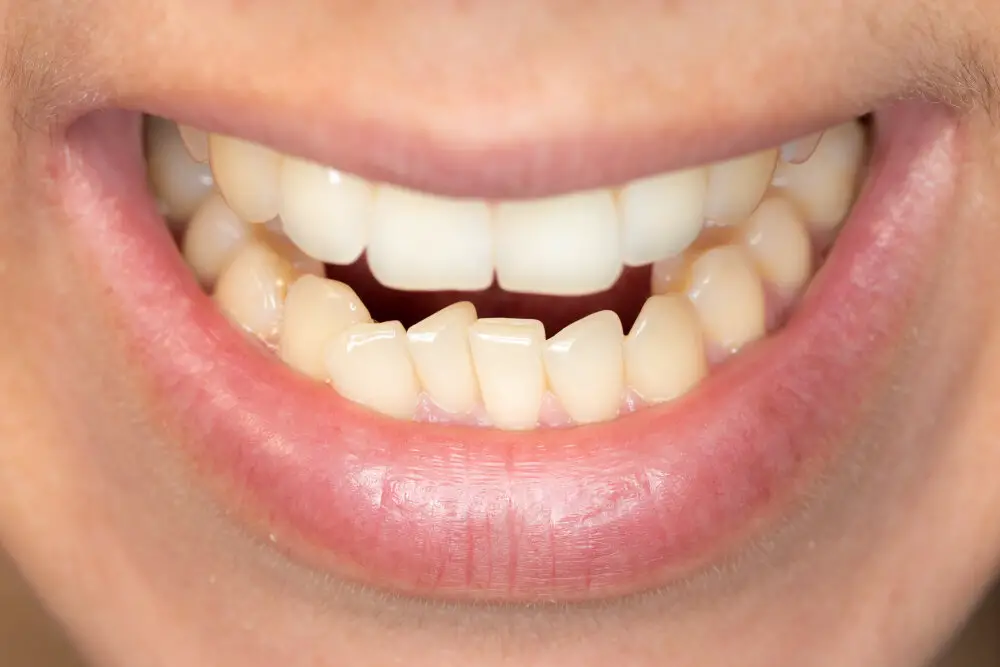
Gaps in teeth can affect the appearance of your smile and make you feel self-conscious. Fortunately, there are steps you can take to prevent gaps from forming in your teeth. One of the most important things you can do is to practice good oral hygiene. Brush your teeth at least twice a day and floss daily to remove plaque and bacteria that can cause tooth decay and gum disease. These dental problems can lead to gaps in teeth as the gums and bones supporting the teeth become weakened. Another way to prevent gaps in teeth is to wear a mouthguard if you participate in sports or other activities that could result in dental injuries. A mouthguard can protect your teeth from trauma that could cause them to shift or become loose. If you have a habit of grinding your teeth at night, talk to your dentist about getting a custom-fitted night guard to prevent damage to your teeth and jaw. Additionally, avoiding sugary and acidic foods and drinks can help prevent tooth decay, which can lead to gaps in teeth over time. Taking these simple steps can help you maintain a healthy, gap-free smile.
Proper oral hygiene is a crucial aspect of achieving a perfect smile, especially when it comes to closing gaps in teeth. Brushing twice a day, flossing daily, and using mouthwash can help prevent tooth decay and gum disease. It is also important to visit the dentist at least twice a year for regular check-ups and cleanings. In addition to these basic steps, there are other ways to improve oral hygiene, such as avoiding sugary and acidic foods and drinks, using fluoride toothpaste, and drinking plenty of water. By maintaining good oral hygiene habits, you can keep your teeth healthy and beautiful, and close any gaps that may be affecting your smile.
Regular dental checkups are an essential aspect of maintaining healthy teeth and gums. These visits to the dentist allow for early detection of any dental problems, such as cavities or gum disease, which can be treated before they worsen. In addition, regular cleanings can help remove plaque buildup that can lead to tooth decay and bad breath. For those looking to close gaps in their teeth, regular dental checkups are even more crucial. This is because the dentist can provide guidance on the best treatment options, such as braces, aligners, or veneers, to achieve a perfect smile. Overall, investing in regular dental checkups is a wise decision for both oral health and cosmetic purposes.
To achieve a perfect smile and close gaps in teeth, it is essential to avoid bad oral habits. These habits include nail-biting, chewing ice or hard candies, and grinding teeth. Nail-biting can lead to chipped teeth and damage to the enamel, while chewing ice or hard candies can cause cracks and breaks in teeth. Grinding teeth, also known as bruxism, can wear down teeth and cause jaw pain. It is important to recognize these habits and make a conscious effort to stop them to maintain a healthy and beautiful smile.
While it may seem like an unnecessary accessory, wearing a mouthguard during sports activities can be crucial in protecting your teeth from potential damage. Contact sports like football, basketball, and hockey can cause accidental collisions that may result in chipped, broken, or even knocked-out teeth. With a mouthguard, however, your teeth are shielded from these impacts, reducing the risk of dental injuries. Additionally, mouthguards can also protect your lips, tongue, and jaw from being injured by your own teeth during an accident. So, if you’re engaging in sports activities, whether at a competitive or recreational level, make sure to wear a mouthguard to keep your teeth and mouth safe.
Having a perfect smile is crucial because it can greatly impact a person’s self-esteem and confidence. A beautiful smile can enhance one’s appearance and leave a lasting impression on others. It is also an indicator of good oral health, which is important for overall physical health. Gaps in teeth can be a source of insecurity for many people, making them hesitant to smile or speak in public. Therefore, closing these gaps can improve a person’s quality of life by boosting their self-confidence and allowing them to express themselves freely. Various dental procedures are available to help individuals achieve a perfect smile, and it is important to consult with a qualified dentist to determine the best course of action.
Closing gaps in teeth can be achieved through various options, depending on the severity of the gap and the patient’s preference. One option is dental bonding, which involves applying a tooth-colored resin to the tooth and shaping it to close the gap. Another option is dental veneers, which are thin shells that cover the front of the teeth to improve their appearance. Orthodontic treatment, such as braces or clear aligners, can also be used to gradually move the teeth together and close the gap. In some cases, dental implants or bridges may be recommended if the gap is caused by a missing tooth. With a range of options available, it’s important to consult with a dental professional to determine the best course of action for closing gaps in teeth and achieving a perfect smile.
When it comes to closing gaps in teeth, seeking professional advice from a dentist is the best course of action. Though there are various home remedies and over-the-counter products available, only a dentist can provide the most effective and safe treatment option for your specific needs. Dentists have the knowledge, experience, and tools to diagnose the underlying cause of the gap and determine the best approach to correct it. They can also provide guidance on maintaining good oral hygiene and preventing future dental issues. Don’t hesitate to schedule an appointment with a dentist if you want to achieve a perfect smile and improve your overall oral health.
Conclusion
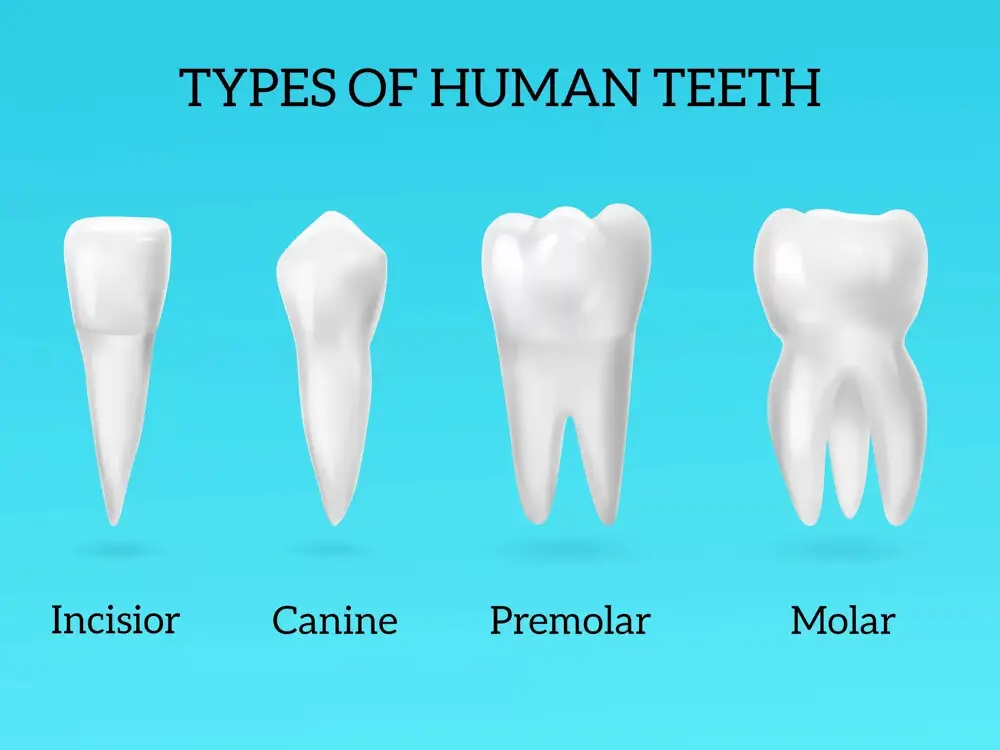
In conclusion, achieving a perfect smile is possible with the right tips and techniques. Closing gaps in teeth not only enhances one’s aesthetic appearance but also improves oral health and function. From orthodontic treatments to cosmetic procedures, there are various options available to suit different needs and budgets. However, it is essential to consult with a dental professional to determine the best approach for your specific case. With patience and dedication, anyone can attain a beautiful, confident smile that they can be proud of.


